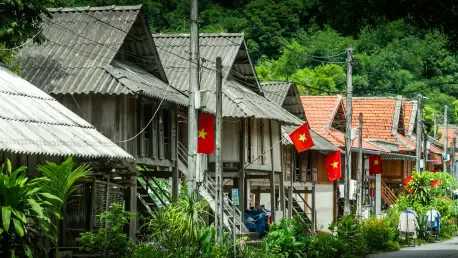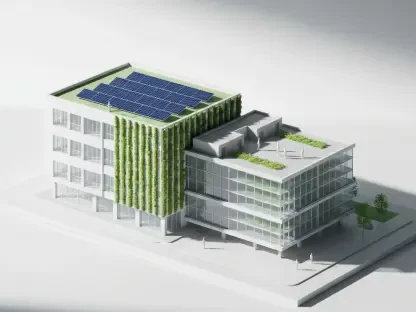In recent years, the build-to-rent sector has emerged as a significant player in the housing market across the Asia-Pacific region. This innovative approach focuses on constructing properties specifically designed for rental purposes rather than for sale. With increasing urbanization, shifting demographics, and growing demand for flexible living arrangements, build-to-rent offers an intriguing solution that promises to address housing shortages while redefining renter experiences. The transformation of this sector from a nascent stage to maturity reflects broader economic, social, and technological shifts. As industry experts and stakeholders gather to discuss the various influences guiding this evolution, key themes such as financial volatility, planning challenges, and new technologies are thrust into the spotlight, offering a comprehensive overview of this burgeoning industry.
Economic and Technological Influences
Economic conditions play a crucial role in shaping the progress of build-to-rent projects. Fluctuating market dynamics, coupled with the availability and flow of capital, are key considerations that influence the viability and growth trajectory of this sector. Economic downturns and policy changes, such as interest rate adjustments, can either stimulate or hinder investments in build-to-rent developments. Another aspect that cannot be overlooked is the technological impact on the industry. Innovations in construction techniques and digital tools have made it easier to design and manage rentals tailored to modern tenants’ needs. Technology fosters efficiency, reduces costs, and enhances the living experience through smart home integrations and energy-efficient solutions. As such, this dual influence of economics and technology guides the path to maturity for the build-to-rent sector.
Architectural Innovation and Renter Experiences
Within the build-to-rent sector, architectural trends now emphasize flexible living spaces tailored to a diverse range of tenant needs. There’s a significant focus on sustainability, design, and functionality, mirroring the evolving expectations of contemporary renters. Beyond living spaces, there’s a fresh approach to conceptualizing and integrating amenities, with communal areas that promote interaction among residents, enhancing the overall living experience. Moreover, the relationship between tenants and landlords is being redefined, with a keen focus on customer service, adaptable lease terms, and renter satisfaction. This shift is vital for developing competitive advantage and securing long-term tenant loyalty. The sector is evolving toward a less transactional and more community-focused lifestyle, transforming perceptions of rental living and improving experiences for urban dwellers. In summary, the build-to-rent sector in the Asia-Pacific region is advancing from early momentum to maturity, with substantial potential to revolutionize housing models and renter experiences for a diverse urban populace.









